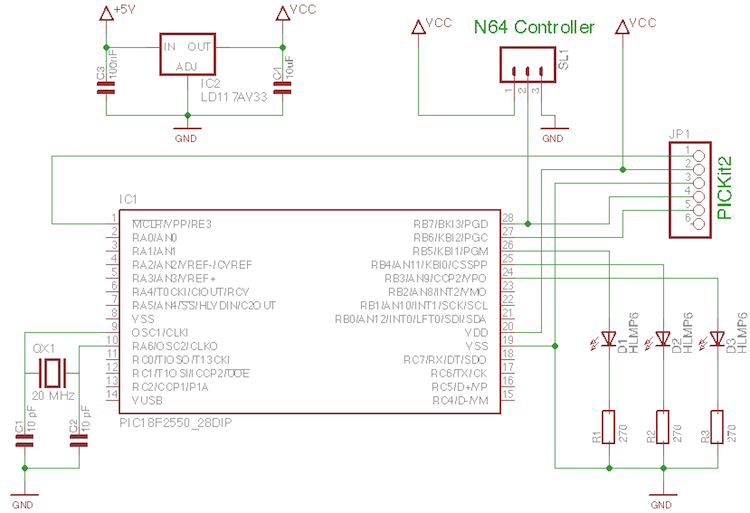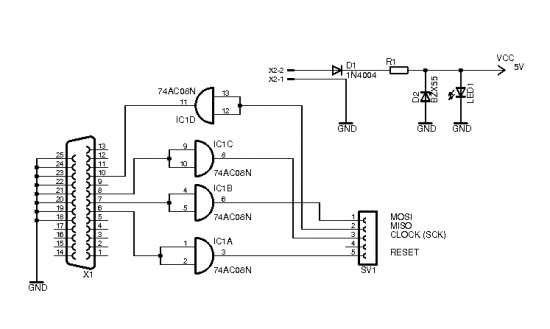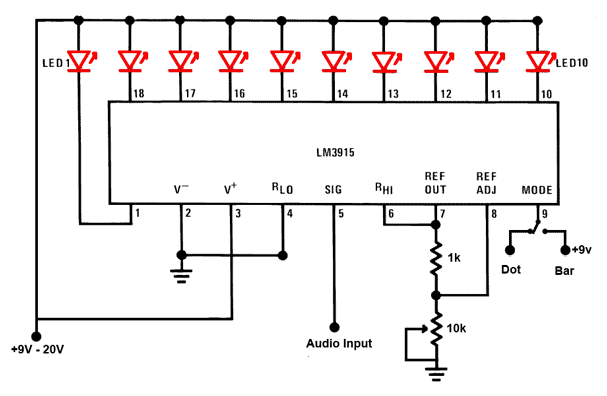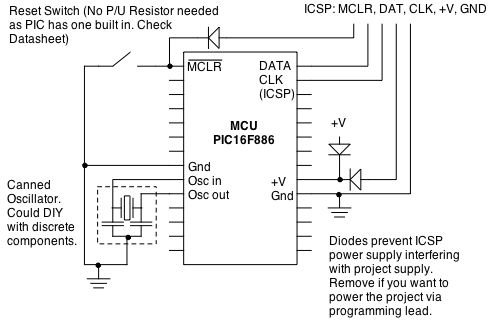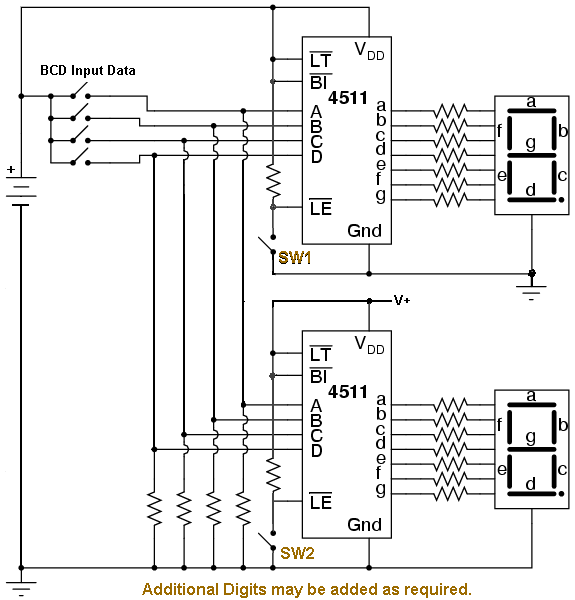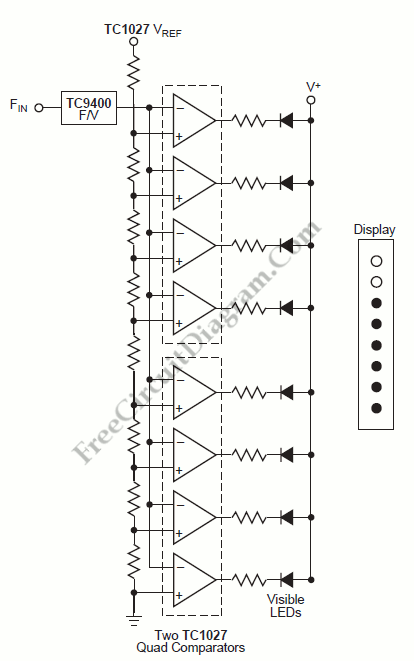
GP display controller

This is a simple display controller. It can be controlled with a small microcontroller, such as MCS51, 68HC11, Z80, AVR, and others. Several years ago, I found an article that controlling a TV with only a PIC microcontroller, and I was surprised by it. It is very interesting to attempt to synthesize video signals with a microcontroller. However, it is not suitable for practical use because the microcontroller is occupied in synthesizing the video signal; it cannot process any other operation. Therefore, this technique can be applied to a toy at best. It is required a display controller to control the video monitor, so I designed and built a simple display controller for RGB monitors and TV monitors. More: This is the circuit diagram for the display controller. It is very simple, isn’t it? It is using only three ICs, and the number of wires is reduced compared to the previous project. Each part in this project is not special, so that all parts will be found in Aki.
The display controller described serves as an interface between a microcontroller and a video display device, such as an RGB monitor or a television. The circuit comprises three integrated circuits (ICs), which are selected for their compatibility with a variety of microcontrollers, including MCS51, 68HC11, Z80, and AVR families. The choice of these ICs is crucial as they facilitate the generation of the necessary synchronization signals and manage the color data output to the display.
The first IC typically functions as a video signal generator, responsible for producing the necessary timing signals and modulating the color information. The second IC may serve as a buffer or level shifter to ensure that the signals are appropriately conditioned for the display device. The third IC often acts as a controller, interfacing directly with the microcontroller to receive data and commands while also managing the overall operation of the display system.
The simplicity of the design is highlighted by the reduced number of interconnections, which minimizes potential points of failure and makes assembly easier. Each component is chosen for its availability and commonality, ensuring that builders can source parts easily from standard electronics suppliers, such as Aki. The schematic diagram accompanying the description illustrates the connections between the microcontroller and the display controller ICs, providing a clear guide for assembly.
This display controller is particularly suited for educational projects or hobbyist applications, where the goal is to demonstrate video signal synthesis and control without the complexity of more advanced systems. It allows users to explore the fundamentals of video signal processing and display technology in a straightforward manner.This is a simple display controller. It can be controlled with a small microcontroller, such as MCS51, 68HC11, Z80, AVR and others. Several years ago, I found an article that controlling a TV with only a PIC micorcontroller, and I surprised to it. It is very interesting to attempt to synthesize video signal with a micorcontroller. However, it is not suitable for practical use because the microcontroller is occupied in synthesizing video signal, it cannot process any other operation.
Therefore, this technic can be applied to a toy at the best. It is required a display controller to contorl the video monitor, so I designed and built a simple display controller for RGB monitor and TV monitor. This is the circuit diagram for display controller. It is very simple, isn`t it? It is using only three ICs, number of wires is reduced compared from previous project. Each part in this project is not special, so that whole parts will be found in Aki 🔗 External reference
The display controller described serves as an interface between a microcontroller and a video display device, such as an RGB monitor or a television. The circuit comprises three integrated circuits (ICs), which are selected for their compatibility with a variety of microcontrollers, including MCS51, 68HC11, Z80, and AVR families. The choice of these ICs is crucial as they facilitate the generation of the necessary synchronization signals and manage the color data output to the display.
The first IC typically functions as a video signal generator, responsible for producing the necessary timing signals and modulating the color information. The second IC may serve as a buffer or level shifter to ensure that the signals are appropriately conditioned for the display device. The third IC often acts as a controller, interfacing directly with the microcontroller to receive data and commands while also managing the overall operation of the display system.
The simplicity of the design is highlighted by the reduced number of interconnections, which minimizes potential points of failure and makes assembly easier. Each component is chosen for its availability and commonality, ensuring that builders can source parts easily from standard electronics suppliers, such as Aki. The schematic diagram accompanying the description illustrates the connections between the microcontroller and the display controller ICs, providing a clear guide for assembly.
This display controller is particularly suited for educational projects or hobbyist applications, where the goal is to demonstrate video signal synthesis and control without the complexity of more advanced systems. It allows users to explore the fundamentals of video signal processing and display technology in a straightforward manner.This is a simple display controller. It can be controlled with a small microcontroller, such as MCS51, 68HC11, Z80, AVR and others. Several years ago, I found an article that controlling a TV with only a PIC micorcontroller, and I surprised to it. It is very interesting to attempt to synthesize video signal with a micorcontroller. However, it is not suitable for practical use because the microcontroller is occupied in synthesizing video signal, it cannot process any other operation.
Therefore, this technic can be applied to a toy at the best. It is required a display controller to contorl the video monitor, so I designed and built a simple display controller for RGB monitor and TV monitor. This is the circuit diagram for display controller. It is very simple, isn`t it? It is using only three ICs, number of wires is reduced compared from previous project. Each part in this project is not special, so that whole parts will be found in Aki 🔗 External reference
